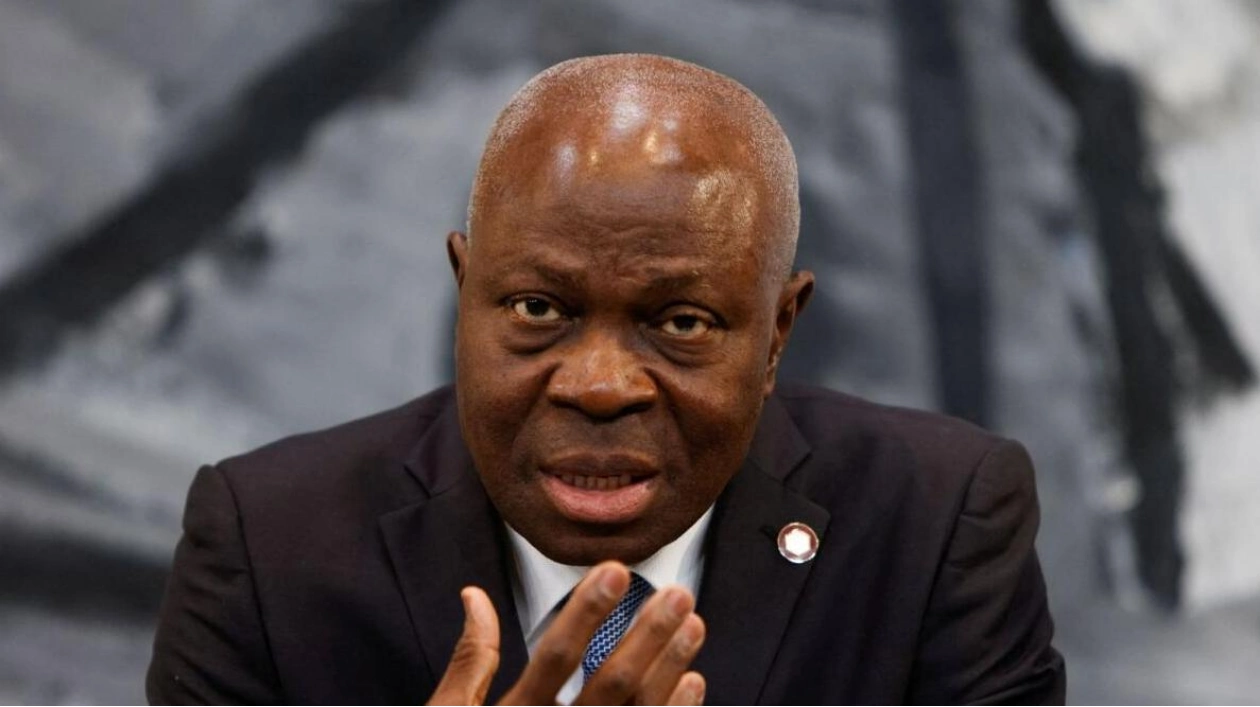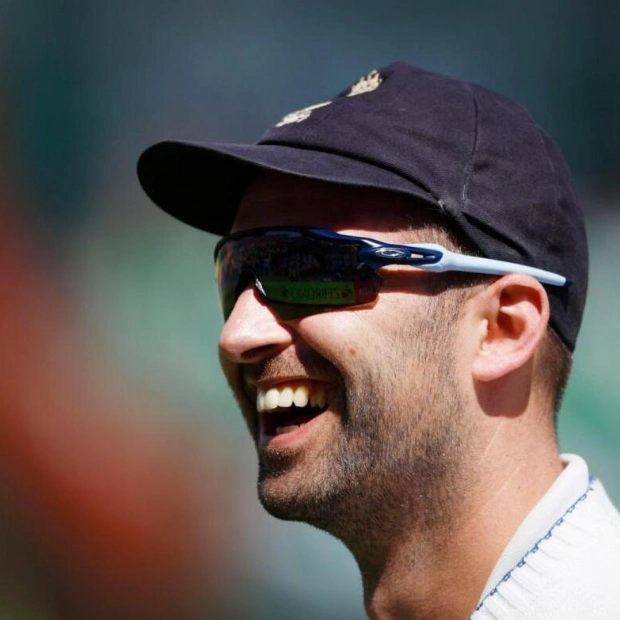For the first time, the UN reported on Thursday that over half of the global population now enjoys some form of social benefits. However, the organization emphasized that more needs to be done, particularly to mitigate the effects of climate change. In its latest report, the United Nations' International Labour Organisation (ILO) revealed that 52.4 percent of the world's population currently receives some form of social protection. This represents a significant increase of nearly 10 percentage points since 2015 and marks the first time that more than half of the world's people have at least some coverage.
Despite this progress, the ILO noted that 3.8 billion people remain entirely unprotected, with over three-quarters of children globally still lacking coverage. For the ILO, social protection encompasses access to healthcare and income security measures, particularly for issues such as old age, unemployment, sickness, disability, work injuries, maternity, and the loss of a family's primary breadwinner, as well as additional support for families with children. The ILO cautioned that the pace of closing these protection gaps is too slow.
The report warned that if progress continues at the current rate, it would take another 49 years—until 2073—for everyone to be covered by at least one social protection benefit. ILO Director-General Gilbert Houngbo expressed particular concern about the low coverage rates in many countries most affected by climate change, calling it "the single, gravest threat to social justice today." He highlighted that countries experiencing the most severe consequences of the crisis are often ill-equipped to handle its environmental and livelihood impacts.
The report found that in the 20 countries most vulnerable to the climate crisis, 91.3 percent of the population (364 million people) still lack any form of social protection. Even among the 50 most climate-vulnerable countries, 75 percent, or 2.1 billion people, have no social protection coverage. The ILO emphasized that these gaps are particularly significant given the potential role of social protection in mitigating the impact of climate change, aiding adaptation to a new climate-volatile reality, and facilitating a just transition to a sustainable future.
Social benefits can help people adapt to and cope with climate-related shocks by providing income security and access to healthcare. Additionally, social protections can support families, workers, and enterprises during the green transition, promoting more sustainable economic practices. The ILO warned that the world is currently on two very different and divergent social protection trajectories. High-income countries are nearing universal coverage, with nearly 86 percent of people covered, while upper-middle-income countries (71.2 percent) and lower-middle-income countries (32.4 percent) are making significant strides in closing protection gaps.
However, in the world's poorest countries, the coverage rate of just 9.7 percent has barely changed since 2015 and remains unacceptably low. While high-income countries spend an average of 16.2 percent of their GDP on social protections, low-income nations, especially those most vulnerable to climate change, spend only 0.8 percent. The ILO estimates that these countries need an additional $308.5 billion annually to ensure at least basic social protection, highlighting the need for international support to achieve this goal.






